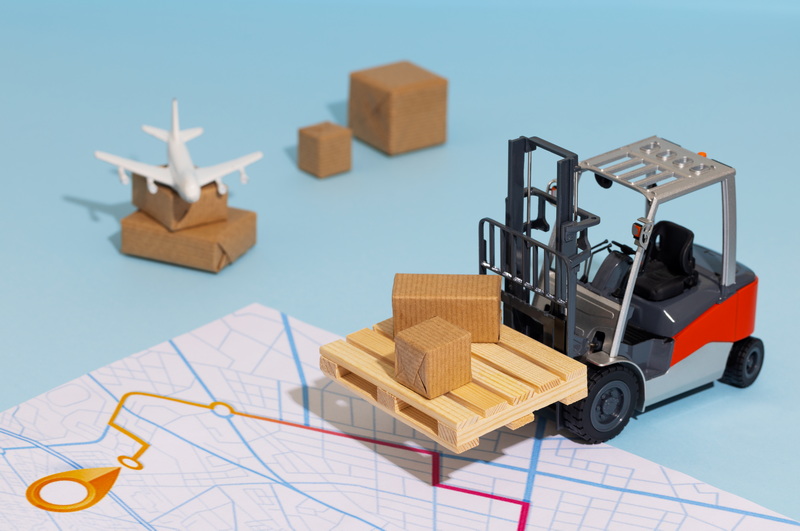Home » Reciprocating Gas Compressor Operation, Maintenance & Troubleshooting
Reciprocating Gas Compressor Operation, Maintenance & Troubleshooting
August 19, 2024
Jadwal Pelatihan Reciprocating Gas Compressor Operation, Maintenance & Troubleshooting
| Tanggal | Tempat | Kota | | Belum ada jadwal terbaru |
DESKRIPSI
Production continuity is a keyword in any process of production activities, in which power system play important role to keep all of the operation. Compressor is known for its capability to store energy in the form of air pressure. In industrial application, compressors are completed with auxiliaries to control the air flow, pressure, and actuators. Compressors will become advantage if it’s operated and maintained properly. Compressors principles and their system performance however should be understood by operator and any person who get involved with them to increase performance of the operation, maintenance, safety, etc.
TUJUAN PELATIHAN
In this training, compressors will be discussed from its principle, application, components and its maintenance. Moreover, their control system to
improve performance and safety will also be introduced. After completion of this training participant will understand about the basic principle,
application and control system that will help them for improving safety and problem solving on operation and maintenance activities.
COURSE OUTLINE
1. Fundamentals
- Explain the theory of air/gas compression.
- Describe how altitude and moisture affects the compression of air.
- Describe the principles of operation of positive displacement and dynamic compressors.
- Define air compression terminology such as absolute and gauge pressures, compressor
- Displacement and compressor capacity, free air, volumetric efficiency, single and double acting, single and multistage.
- Given relative data, perform basic calculations to solve for compressor displacement and compressor volumetric efficiency.
2. Reciprocating Compressors
- State and describe the different types of single and multi-stage reciprocating compressors, state the function of the various compressor parts, including valves.
- Describe the methods employed to cool air or gas during compression.
- List and describe the different types of prime movers used for compressors.
3. Rotary Compressors
Describe the principles of operation, their application, volume and pressure capabilities, methods of regulation, advantages and disadvantages of the following types of (positive displacement) rotary compressors:
- sliding vane
- the lobe type
- roots type
- screw
- liquid-sealed
4. Centrifugal and Axial Compressors
- Describe the design and operation of the volute and diffuser type centrifugal compressors.
- Describe the design and operation of the single-stage double-flow and the four-stage centrifugal compressors.
- Describe the design and operation of an axial flow compressor.
- State the causes and remedies of compressor surging.
5. Compressors System Auxiliaries
- Describe the design and operation of intercoolers and aftercoolers; state their location within the system, describe the maintenance requirements of these components.
- State the need for air receivers, their preferred location, and the inspection and maintenance requirements as per Code.
- Describe the use of air filters, list and provide a description of the different types commonly used.
6. Operation, Control and Maintenance
- Explain the following methods employed to control compressor output:
-
- Start/stop, dual control
- Variable-speed
- Suction line valve
- Suction or discharge valve
- Adjustable stroke
- Variable clearance volume
- List and describe the operation of the various types of controllers and safety devices used in a compressed air system. Describe how these devices can be tested while system is in operation.
- Describe the internal and external methods of compressor lubrication.
- State the various operational checks done by an operator on both the compressor(s) and the compressed air/gas system to ensure safe and efficient operation.
- State the preventive maintenance requirements of compressors, auxiliaries, piping and receivers.
- State the probable causes of compressed air/gas compressor, receiver or pipeline explosions.
7. Act, Regulators and Codes
The candidate is expected to be able to locate information relating to the staffing, operation, maintenance, inspection, and testing of the compressor plant and its equipments.
8. Safety
The candidate is expected to be able to fully explain the dangers associated with the operation of a compressor plant and all its components, and state the precautions to be taken to minimize or prevent such dangers.
TRAINING METHOD
Pre Test
Presentation
Discussion
Case Study
Post Test
Evaluation
FACILITIES
Training Kit
Handout
Certificate
1x Lunch & 2x Coffee Break
Souvenir





